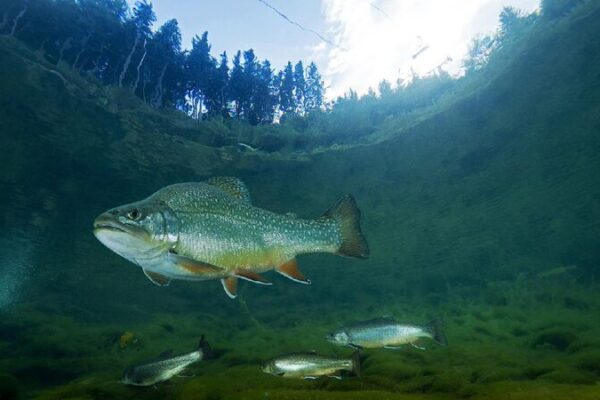The Endangered Species Act (ESA), enacted in 1973, has long stood as a cornerstone of wildlife conservation in the United States, safeguarding iconic animals like the California condor, bald eagle, American alligator, grizzly bear, Kemp’s ridley sea turtle, and whooping crane. However, recent changes have cast doubt on the future efficacy of this critical legislation.
In 2019, significant revisions to the ESA were introduced, allowing economic factors to influence decisions on listing species as endangered or threatened. Previously, the sole criterion for listing was the risk of extinction. Under the new rules, if protecting a species would impose substantial economic hardship, its listing status could be affected. This shift opened the door for development projects such as energy exploration and infrastructure construction in areas that were once off-limits.
The changes also brought greater flexibility in designating critical habitats. Exclusions became possible if the economic costs were deemed too high, potentially leaving vital ecosystems unprotected. Interim protections for species under review were reduced, and the delisting process was simplified by considering factors like population trends rather than relying solely on strict ecological criteria.
While proponents argued that incorporating economic considerations would streamline the ESA and reduce unnecessary restrictions on development, conservation groups fiercely opposed the revisions. The Center for Biological Diversity criticized the changes, warning that they would hinder protections for species impacted by climate change.
“These changes crash a bulldozer through the Endangered Species Act’s lifesaving protections for America’s most vulnerable wildlife,” said Noah Greenwald, the center’s endangered species director.
International organizations also expressed concern. The China Biodiversity Conservation and Green Development Foundation cautioned that weakening the ESA might erode trust in global environmental cooperation and hinder worldwide biodiversity conservation efforts.
In response to mounting criticism, the current administration has moved to restore the ESA’s protections weakened during the previous era. Species listing decisions are once again based solely on scientific evidence, and critical habitat designations focus on ecological importance without economic interference.
However, challenges remain. Recovery plans often face funding limitations, and conflicts between conservation and economic interests continue to delay or contest critical habitat designations. The balance between protecting wildlife and advancing development remains a contentious issue.
For many species teetering on the brink of extinction, the uncertainty surrounding the ESA’s future could have profound implications. As debates continue, the question remains: Will the Endangered Species Act continue to serve as a robust safeguard for global wildlife, or will economic pressures diminish its impact?
Reference(s):
cgtn.com








